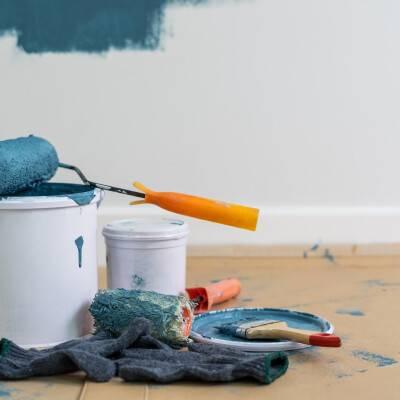Paint residue
Paint residue and other chemicals do not belong in the toilet, sink or street drain. They are very harmful. Purifying them from sewage is very expensive and cumbersome. Substances can also end up in surface water, posing a threat to plants and animals. Deliver paint residues and other harmful substances separately to the residual waste, the chemocar or the environmental centre. Much of the (hazardous) materials can be reused, so it is important to separate them well. Substances that are not suitable for reuse are incinerated or dumped under special conditions so that they do not harm the environment.
Cost
There is no charge to turn in Household Hazardous Waste.
Water Quality
Paint residues and other chemicals can enter surface water through the sewer system, where they pose a threat to humans, animals and (aquatic) wildlife.
What to do with paint residues, accessories and other chemicals?
-

- Paint has the longest shelf life in a sealed can or bucket. When paint is no longer used, seal the can properly or do someone else a favor with it. In all other cases, all paint residues, including water-based paint, should be taken to the recycling center or chemical cart.
- Only completely empty containers of Household Hazardous Waste (for example, bottles of white spirit or empty paint cans) may be disposed of with residual waste. They should not go with plastic waste or cans but therefore do not have to be disposed of as Household Hazardous Waste .